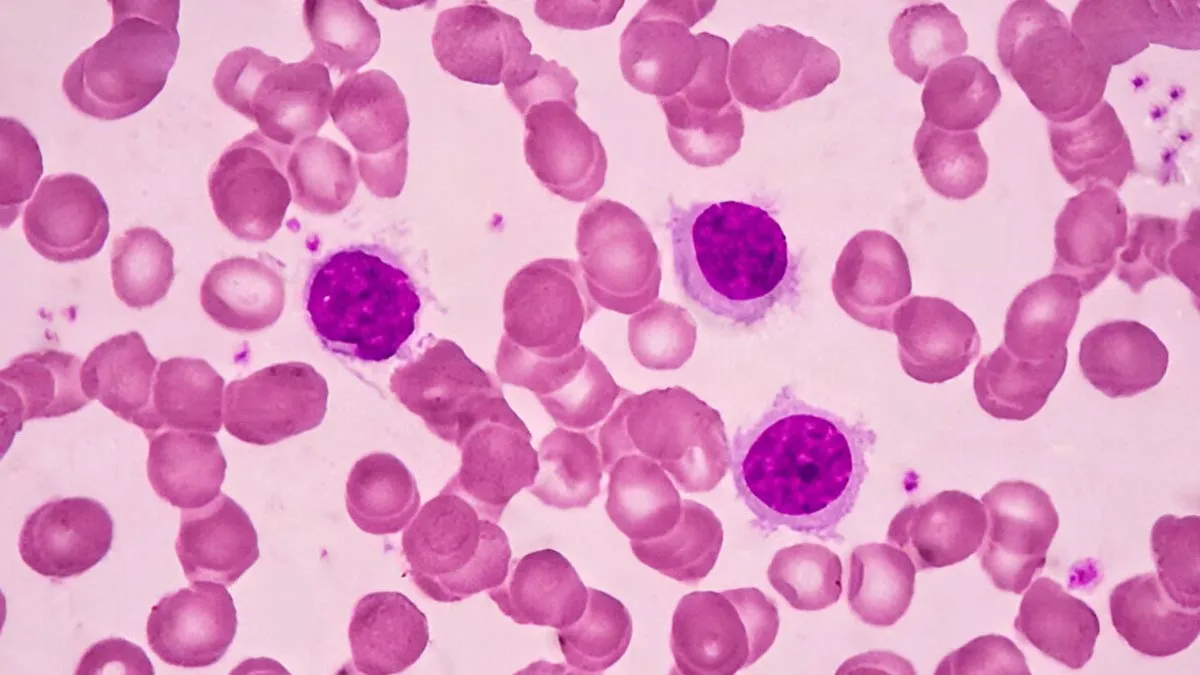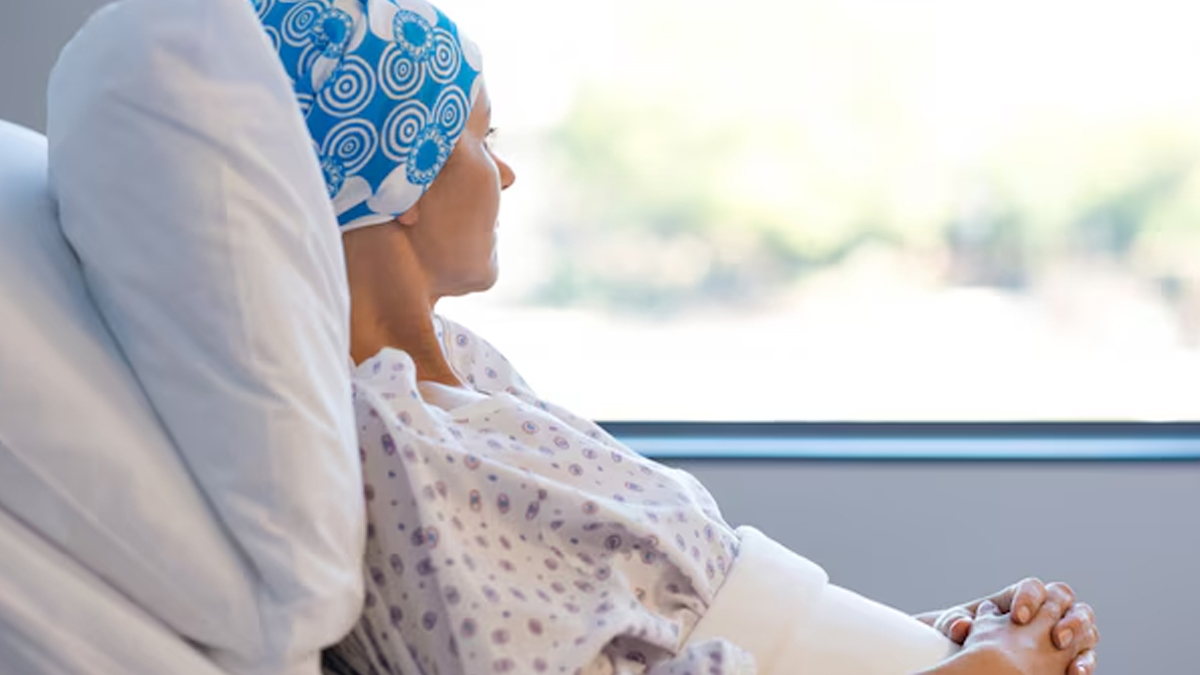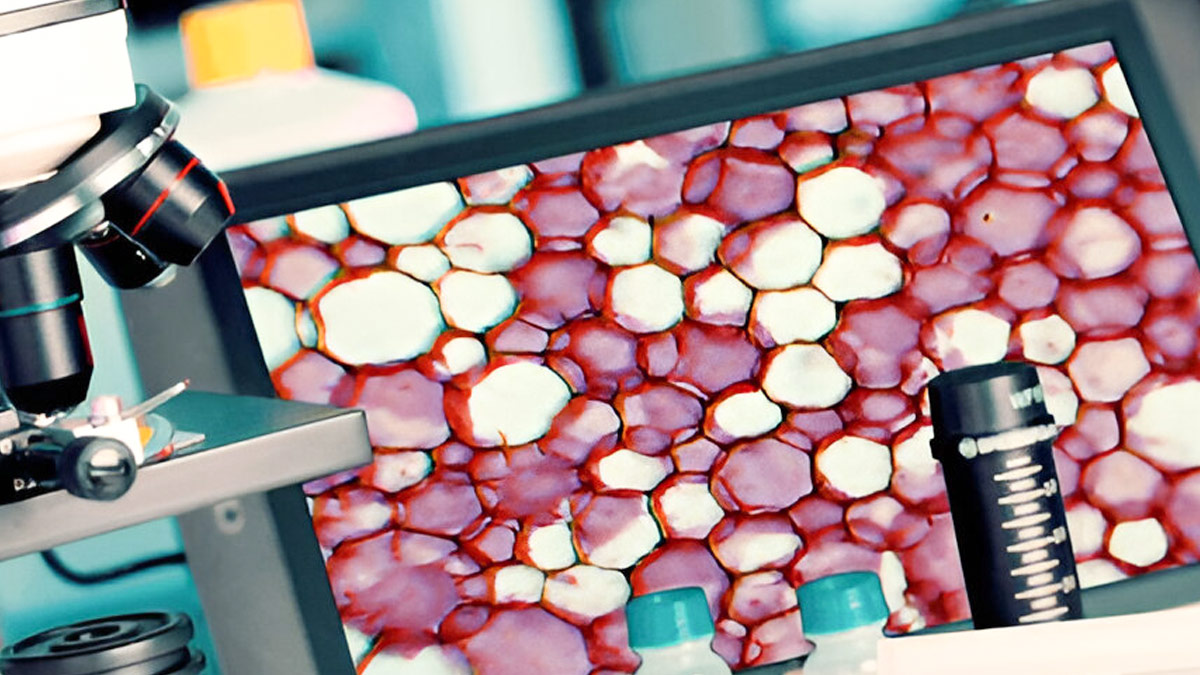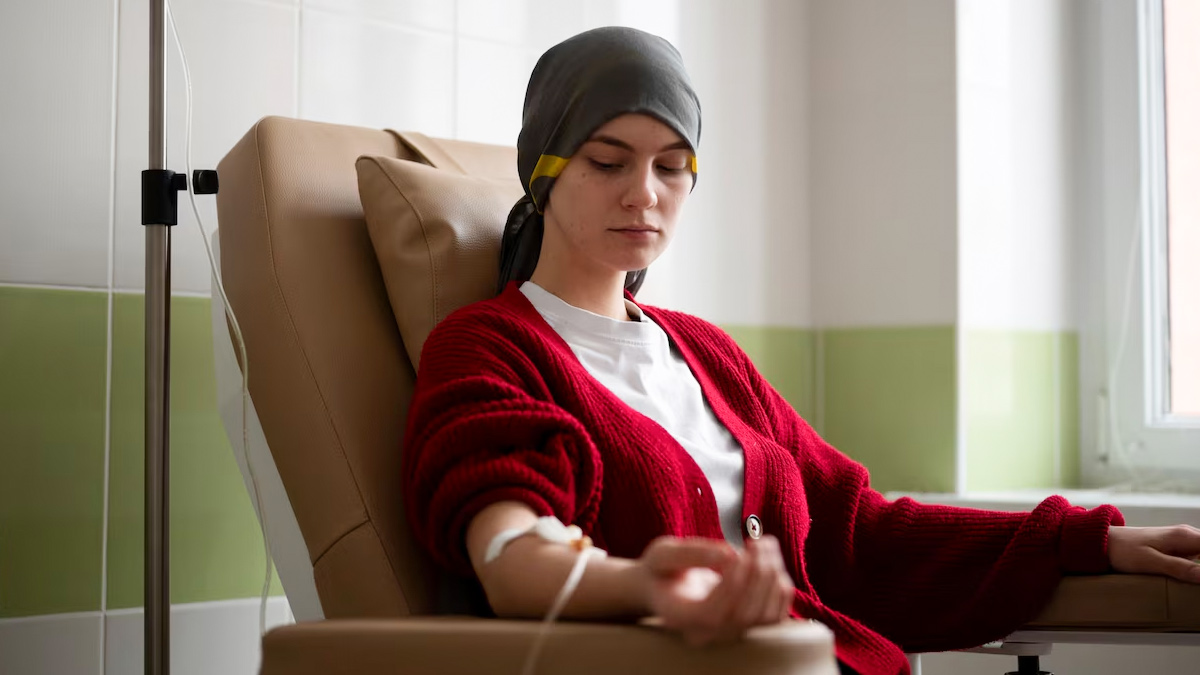
When people talk about cancer in India, the focus is mostly on the more common types: breast cancer, lung cancer, and cervical cancer. These are the ones that come up in awareness drives and are mentioned in public health discussions. But there’s another side to the picture. Rare cancers, such as sarcomas and certain blood-related malignancies; leukaemias, lymphomas, and multiple myelomas, often go undetected. And unfortunately, many of these are only picked up when the disease has already progressed.
Table of Content:-
We spoke to Dr Saadvik Raghuram Y, HOD - Medical Oncology and Haematology, Arete Hospitals, Hyderabad, who explained rare cancers and
Understanding What Makes a Cancer 'Rare'

“By standard definitions, a rare cancer affects fewer than six individuals per 100,000 people each year. That might not seem like a lot, but with India’s population, even those small numbers add up to thousands of patients. These include sarcomas that develop in bone, muscle, or fat, and also blood cancers that impact the marrow, lymph nodes, or immune system,” explained Dr Raghuram.
What makes these cancers tricky is how quietly they can present. A sarcoma might feel like a lump that doesn’t hurt. Fatigue, frequent fevers, or bleeding might be brushed off as minor infections or just life catching up. Many times, by the time anyone suspects something serious, valuable time has already passed.
Why Aren’t People Talking About These?
There’s no simple reason. But part of the issue is that these cancers don’t get the spotlight. You don’t often see campaigns or ads talking about sarcomas or rare leukaemias. Because of that, many patients, and sometimes doctors too, don’t immediately think of cancer when symptoms start.
“In smaller towns and districts, patients might go from one clinic to another, trying different treatments for what they think is a recurring fever or a stubborn swelling. It can take months before someone orders the right tests or refers the case to a specialised oncology centre. Even for general practitioners, who are usually the first point of contact, rare cancers may not be on their radar simply because they’re not seen often. That gap in familiarity delays diagnosis,” added Dr Raghuram.
The Hurdles in Diagnosis

Diagnosing these cancers isn’t just about a blood test. It often involves high-resolution scans, biopsies, immunohistochemistry, and sometimes, genetic studies. These resources aren’t readily available in every city. And when they are, patients may not be able to afford them or might not know how to access them.
“Take Ewing sarcoma, for example, a cancer that mainly affects children and adolescents. It's rare, yes, but it requires a whole panel of investigations and coordinated opinions from radiologists, oncopathologists, and oncologists. Without this network, care becomes fragmented, and that impacts survival chances,” shared Dr Raghuram.
According to a 2024 study, unlike more prevalent cancers, rare cancers are often hard to detect, which creates difficulties for standard diagnostic techniques, such as biopsies and X-ray imaging. This challenge leads to a lack of medical and research data on their specific traits. However, the use of modern technologies empowers researchers and healthcare professionals to identify and examine these difficult-to-detect cancers, improving the processes of diagnosis, treatment, and prognosis.
There’s Also a Psychological Side
Being diagnosed with a cancer no one has heard of can be incredibly isolating. Patients often struggle to find reliable information or people with the same condition. Families may delay decisions, not out of neglect, but out of fear, confusion, or simply not knowing what to do next.
In many communities, cancer is still considered a death sentence. Add to that the financial burden, the stigma, and the emotional upheaval; it’s an overwhelming experience. It’s not unusual for treatment to be postponed simply because a family is trying to come to terms with what’s happening.
What Needs to Change?
There’s no one-size-fits-all solution, but a few things could move the needle:
- Let rare cancers be part of general awareness drives. They don’t need a separate campaign, just a mention alongside more common types can help.
- Offer refresher courses for general physicians, especially in rural areas, so they know when to suspect something unusual.
- Encourage partnerships between government bodies and private labs to make diagnostic tools available beyond metro cities.
- Create systems, maybe even digital platforms, where doctors can quickly refer patients to tertiary centres.
- Build support groups, even small ones, so patients and families feel less alone.
Also Read: Inflammatory Breast Cancer: How Is This Rare Aggressive Breast Cancer Treated?
Why Teamwork in Treatment Matters

Treating a rare cancer isn’t just about prescribing chemotherapy. It's about designing a treatment plan that considers the type of cancer, the stage, the patient's age, general health, and even psychological readiness. That kind of planning can’t come from one doctor alone.
It involves medical oncologists, surgeons, radiologists, pathologists, and often nutritionists and counsellors. For example, in soft tissue sarcomas, a surgery-first approach might work in one case, but in another, chemotherapy first might make the tumour more operable. These are nuanced decisions.
Every Case Counts
Dr Raghuram concluded, “Rare cancers might be numerically small, but the impact they leave on patients and families is no less significant. The current system often doesn’t catch these early, and that’s a gap that needs urgent attention. As India builds its cancer care infrastructure, equity means looking beyond the numbers. It means recognising that a patient with a rare diagnosis deserves the same speed, clarity, and care as anyone else.”
The more we talk about these cancers, the sooner they’ll be recognised, and treated in time. In the fight against cancer, visibility can make all the difference.
[Disclaimer: This article contains information provided by an expert and is for informational purposes only. Hence, we advise you to consult your professional if you are dealing with any health issue to avoid complications.]
Also watch this video
How we keep this article up to date:
We work with experts and keep a close eye on the latest in health and wellness. Whenever there is a new research or helpful information, we update our articles with accurate and useful advice.
Current Version